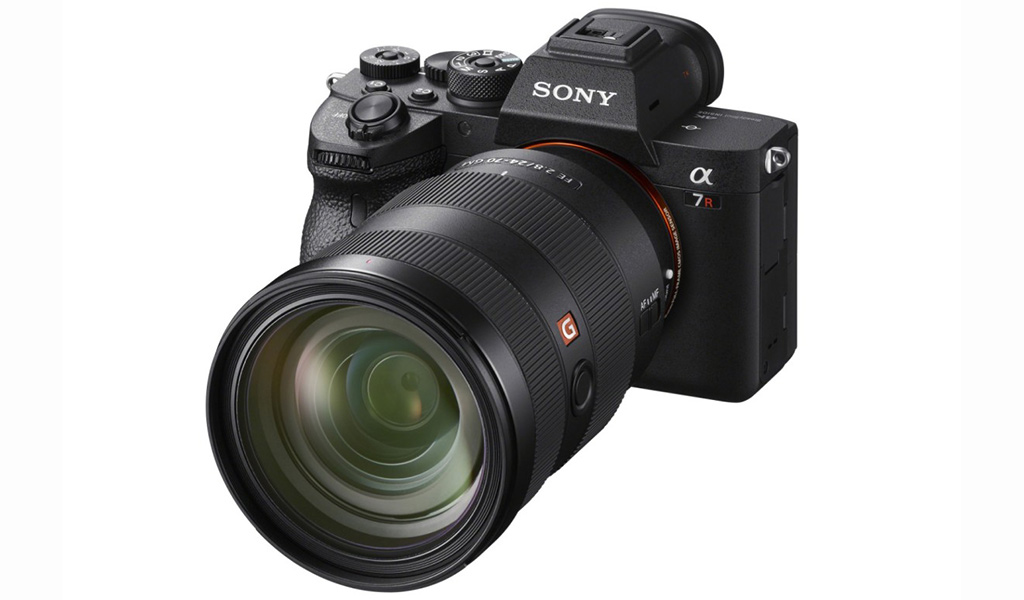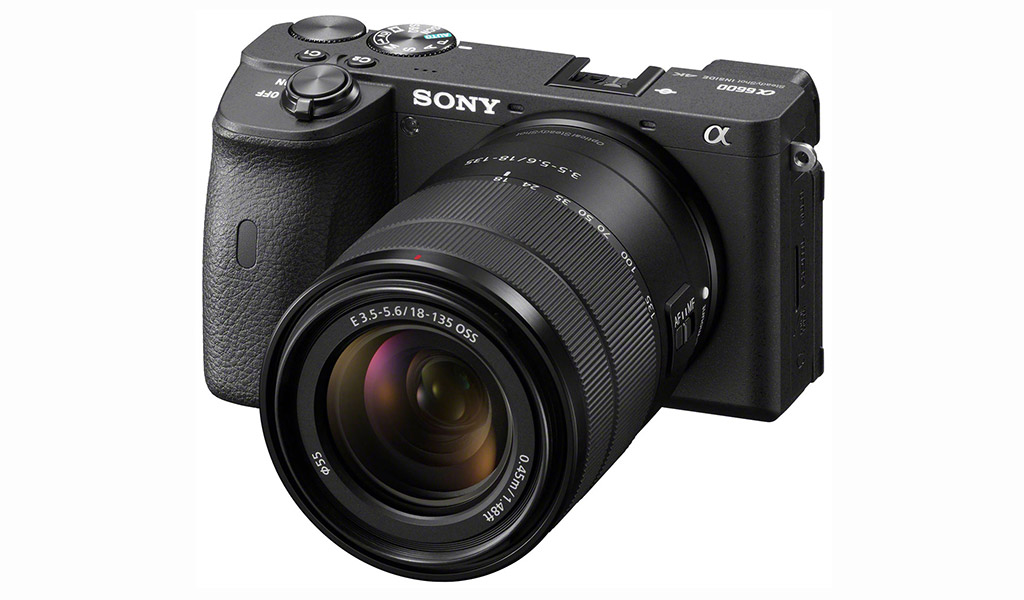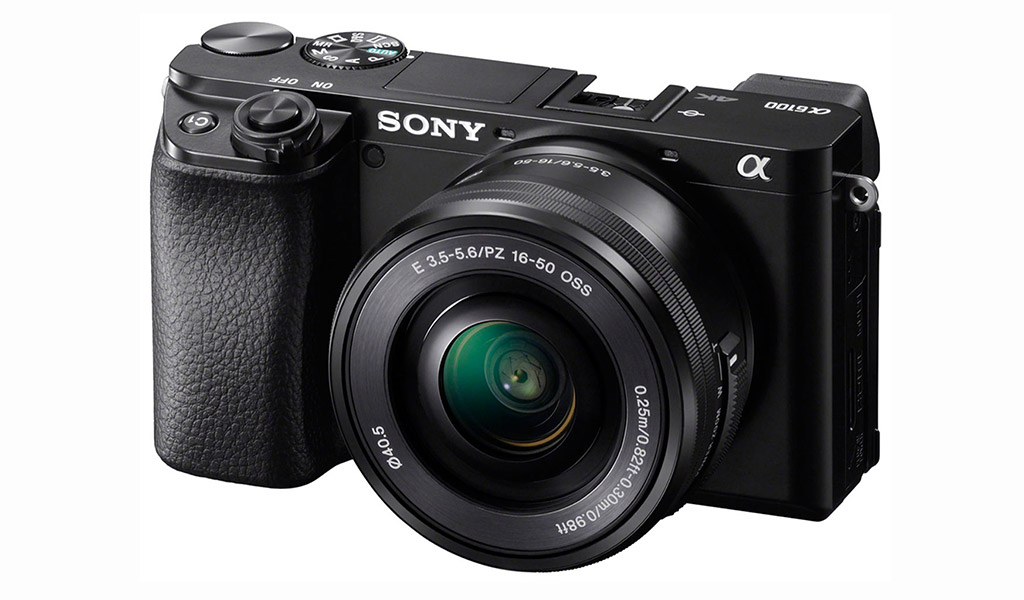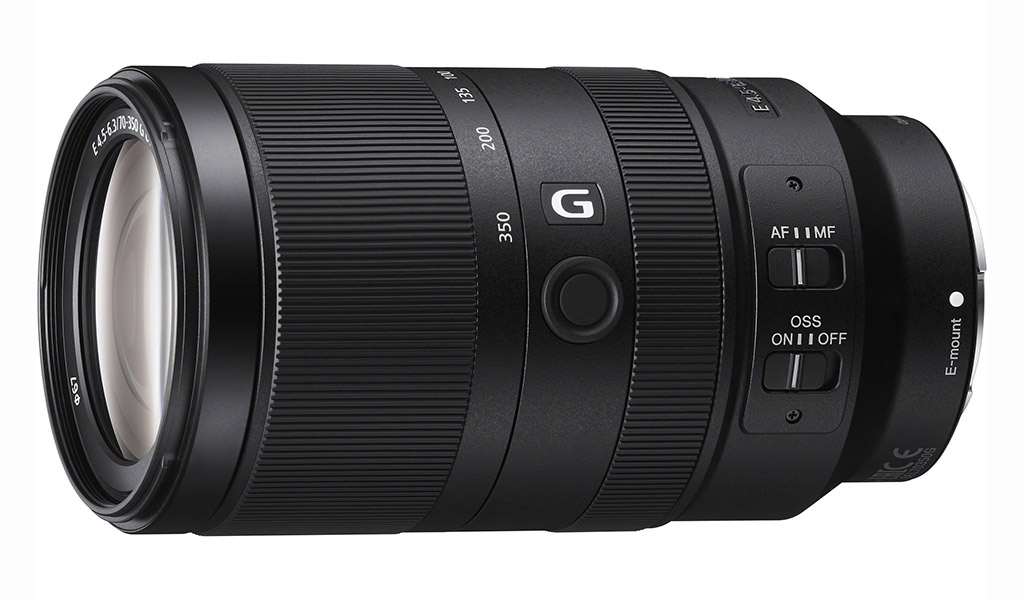
There is a new batch of cameras coming from Sony that includes a trio of mirrorless cameras and two new E-mount lenses to add to an impressive lineup.
The cameras cover both prosumers and amateurs looking to make the jump to a mirrorless camera from a point-and-shoot or smartphone. One of them—the Sony A7 IV—is a full-frame mirrorless largely aimed at professionals and serious amateurs, while the other two are smaller APS-C models that are great starting points.
Sony A7 IV
Starting with the A7 IV, which is essentially Sony’s flagship full-frame mirrorless camera, the image sensor offers a whopping 61-megapixels. That’s a lot of data in one photo, and while perhaps not necessary for every photographer, pros will probably like it. There’s 15 stops of dynamic range and 5-axis in-body image stabilization.
That’s on top of the 10fps burst shooting with full autofocus (AF) tracking. The real-time eye tracking already available on certain Sony Alpha cameras will also apply to shooting video. The Sony a6400 introduced the feature to animals as well, and the same will apply here with the A7 IV.
Sony claims there are 567 phase detection autofocus points on the camera, covering about 74 per cent of the screen or viewfinder. The camera will have two UHS-II memory card slots, so bear that in mind if you’re still shooting with UHS-I SD cards. Wireless tethering will now allow users to transfer images to a computer or mobile device on the fly while shooting.
A slightly redesigned grip and improved resistance to dust and moisture should also contribute to what appears to be a marquee shooter. There will be support for digital audio signals, but it looks like you will need a microphone accessory to utilize it.

Sony a6600
The 6600 is a flagship APS-C mirrorless camera (so not the full-frame 35mm equivalent) that replaces the previous 6500. They do share a fair bit in common, except for some upgrades in features and performance.
That does include the AF and real-time eye-tracking features from the a6400. The AF itself is blistering fast at a mere 0.02 seconds to lock onto a subject, and it looks like the real-time eye-tracking will also apply to video like it does for the A7 IV.
The BIONZ X image processing that comes in the A7 series cameras and the a9 mirrorless APS-C model will also power the a6600. Sony claims the efficiency speeds up how the camera processes photos as you shoot them. The added benefit is much improved battery life, which Sony rates at about 720 photos per charge. There are now both microphone and headphone jacks on the camera body itself, helping video shoots further.

Sony a6100
The Sony 6100 is a step down to accommodate vloggers and amateurs who might not need the additional features in the 6600. It has the same 24.2-megapixel APS-C image sensor and BIONZ X image processor as the a6600. The 425-point AF system and 11fps burst shooting are also carryovers.
Sony’s real-time tracking is somewhat different in that you can’t use the eye-tracking feature when capturing video. The camera body itself also has no image stabilization built-in, so you would have to use stabilization in the lenses to offset that. The electronic viewfinder doesn’t have the same sharpness as the a6400 or a6600, but should still be nice and clear. While there is a microphone jack, there’s no headphone one.

New E-mount lenses
Two new E-mount lenses are also coming soon, both of which are compatible with the a6600 and a6100 (along with any other Sony APS-C model). The E 16-55mm will start at an f/2.8 aperture, while the E 70-350mm will have a variable f/4.5-6.3 aperture.
The 16-55mm is a standard zoom lens with a lightweight body that Sony says offers image quality on par with a superior G Lens. Its performance is supposed to apply to photographers of all stripes.
The 70-350mm covers a fairly wide focal length when it comes to zooming in. Here too, Sony believes it has crafted a lens capable of shooting above its pay grade. If you’re into wildlife, landscape or shooting from a distance with a tripod, this is an interesting option.
Coming soon
All the new gear is coming to market between September and November this fall. You can check them out and pre-order any of the new cameras or lenses and be first to get them.



